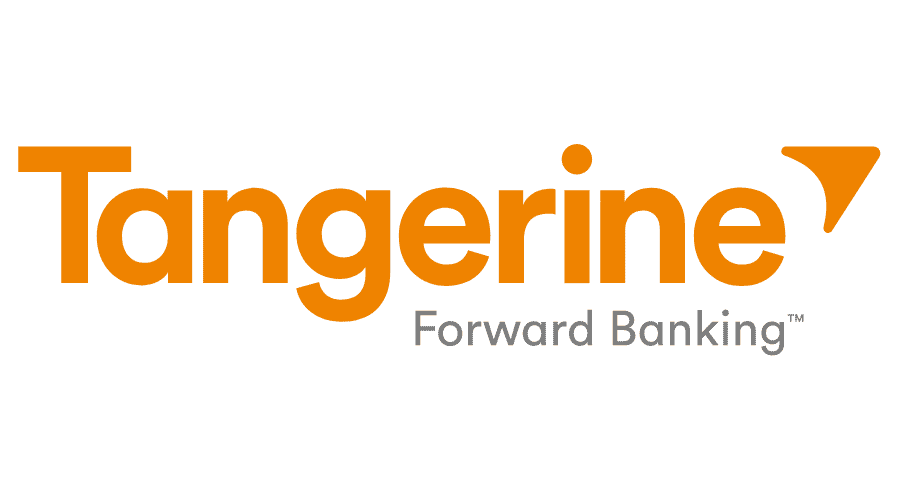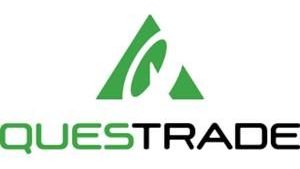Canada increased the TFSA annual contribution limit by another $7,000 in 2024, for a total limit of $95,000 for those who qualify for the full amount.
Here are some of the banks that offer some of the best TFSA rates in Canada to help you maximize your TFSA savings.
Updated on January 02, 2024:
| Bank | Current Interest Rate | GICs? | Website |
| EQ Bank | 3.00% | Yes | EQ Bank TFSA Savings |
| AcceleRate Financial | 3.65% | Yes | AcceleRate Financial TFSA |
| Motusbank | 2.50% | No | Motusbank TFSA |
| Wealth One Bank of Canada | 4.00% | No | WealthONE High-Interest TFSA |
| MAXA Financial | 3.55% | Yes | MAXA Financial TFSA Savings |
| Hubert Financial | 3.65% | Yes | Hubert Financial “Happy Savings” TFSA Account |
| Motive Financial | 4.10% | Yes | Motive Financial TFSA Savings |
| Peoples Trust | 3.40% | Yes | Peoples Group TFSA |
| Alterna Bank | 2.25% | No | Alterna Bank TFSA Savings |
| Canadian Tire Bank | 3.70% | Yes | Canadian Tire TFSA |
TFSA Savings Accounts – How it Works
A Tax-Free Savings Account (TFSA) works just like a traditional cash savings account. You’ll deposit funds into your account and can earn a monthly interest rate depending on your total account balance.
The main difference is that in a TFSA, your interest is not taxed yearly by the Canada Revenue Agency as it would be in a regular account.
While TFSAs can be used for cash savings, their true value is that they can be used as investment vehicles to purchase stocks, bonds, GICs, and other long-term investments.
This is because in the long run, investments should outperform savings in most cases.
Since the money you contribute to a TFSA is made with post-tax dollars, any profits realized from TFSA investments does not count towards your taxable income.
As far as TFSAs go, you’ll be able to choose between a typical low-interest TFSA offered by major banks or a high-interest savings account (HISA) offered by some of the emerging banks I’ve mentioned below.
Best TFSA Rates In Canada
If you’re going to use a TFSA for cash savings, then I recommend signing up for a high-interest TFSA.
Traditional banks typically offer 0.01% interest, which isn’t a great incentive to build your savings. The ones I mention below are much more than that.
With that in mind, let’s take a look at the banks offering the best TFSA rates in Canada.
1. EQ Bank TFSA
- TFSA Savings Rates: 3.00%
- TFSA 1-Year GIC Rates: 5.35%
- Monthly Fees: None
- Minimum Balance Required: No minimum
EQ Bank is one of the top-rated online banks in Canada. The company offers investments, savings accounts, and even provide mortgages. EQ Bank’s TFSA Savings Account offers 3.00% interest for every dollar you have saved.
Your interest rates are calculated daily and paid monthly based on the closing amount in your account at the close of the month.
This allows you to keep track of exactly how much you’re earning from interest payments and is a great incentive to keep on contributing to your TFSA.
EQ Bank is easy to sign up for and doesn’t require you to pay any monthly maintenance fees.
You also don’t need to maintain a minimum account balance, which makes EQ Bank’s TFSA Savings Account a good choice, even if you’re just getting started saving money.
2. AcceleRate Financial TFSA

- Monthly Fees: None
- Minimum Balance Required: No minimum
AcceleRate Financial offers online banking solutions for savings and retirement, and has a highly competitive interest rate for TFSA savings accounts.
If you’re interested in earning even more interest, you can also purchase GICs with your AcceleRate TFSA savings account. The company requires a $1,000 deposit and offers excellent GIC terms.
Once you’ve accumulated the minimum $1,000 GIC investment in your AcceleRate TFSA savings account, you can transfer it directly into a GIC holding account.
You won’t be able to withdraw the money until the end of the term, but you’ll earn a higher interest rate on it.
3. Motusbank TFSA
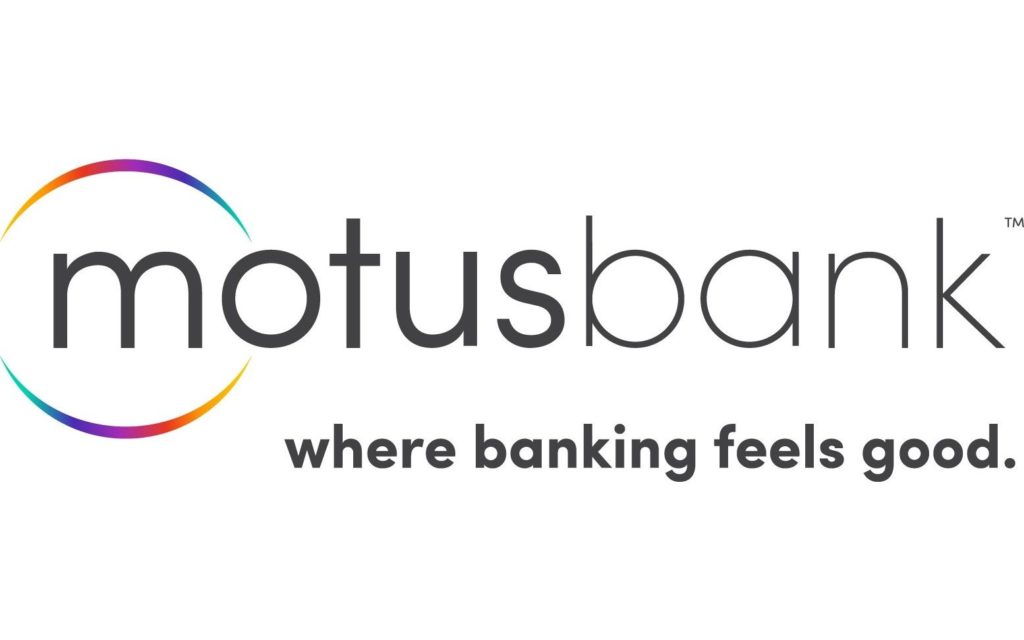
- Monthly Fees: None
- Minimum Balance Required: No minimum
Motusbank is owned and backed by Meridian Credit Union, which is among the most reputable in Canada. The company usually offers a competitive monthly interest rate on your TFSA savings.
The one downside of Motusbank is that the company doesn’t offer any GICs or other investment vehicles to put your savings towards.
If you’re just looking for a high-interest TFSA, though, they’re definitely worth considering, as they don’t have any bogus monthly fees or require you to keep a minimum balance.
Their online banking app is also very well laid-out, easy to use, and makes it easy to keep track of your savings so you don’t accidentally over-contribute.
4. WealthONE High-Interest TFSA

- Monthly Fees: None
- Minimum Balance Required: No minimum
WealthONE was founded in 2016, making it one of the younger banks on this list. As a bank, it has a strong focus on providing highly-personalized, multilingual service to a diverse customer base.
The bank’s founders are Chinese Canadians, and they tailored the bank to provide specialized services to those with a similar background.
WealthONE offers a great interest rate on all TFSA savings, which makes them another solid choice if you’re looking for a higher return on your saved cash.
This financial institution imposes no monthly banking fees, and there isn’t a minimum balance that you’ll need to maintain.
5. MAXA Financial TFSA
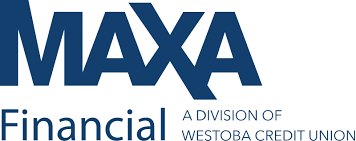
- Monthly Fees: None
- Minimum Balance Required: No minimum
MAXA Financial offers high-interest TFSAs and allows account holders to purchase GICs as well. With a traditional TFSA savings account, you can earn an excellent interest rate, no matter how small your savings balance is.
If you choose to invest in GICs with your TFSA savings, you can earn high rates for one-year terms.
MAXA Financial is open about the fact that their interest rates are variable, which means they’re subject to change at any time. This could either work in your favour or against you.
However, MAXA does offer a 21-day rate guarantee, which will keep you locked into your introductory interest rate for at least three weeks.
6. Hubert Financial “Happy Savings” TFSA
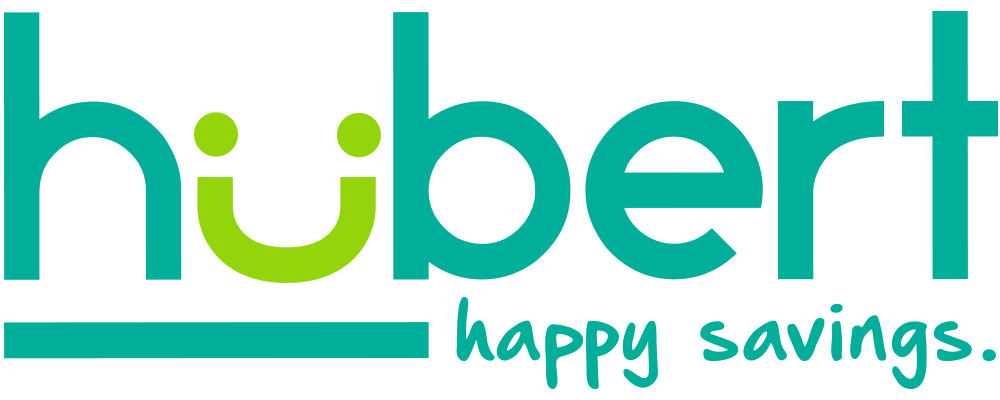
- Monthly Fees: None
- Minimum Balance Required: No minimum
Hubert Financial’s “Happy Savings” high-interest TFSA features a simple, easy-to-navigate online banking platform and offers a hefty interest rate on your savings account balance, which is paid on a monthly basis.
All of your savings are 100% guaranteed by the DGCM, there are no minimum balance requirements and no monthly bank fees to worry about.
7. Motive Financial High-Interest TFSA
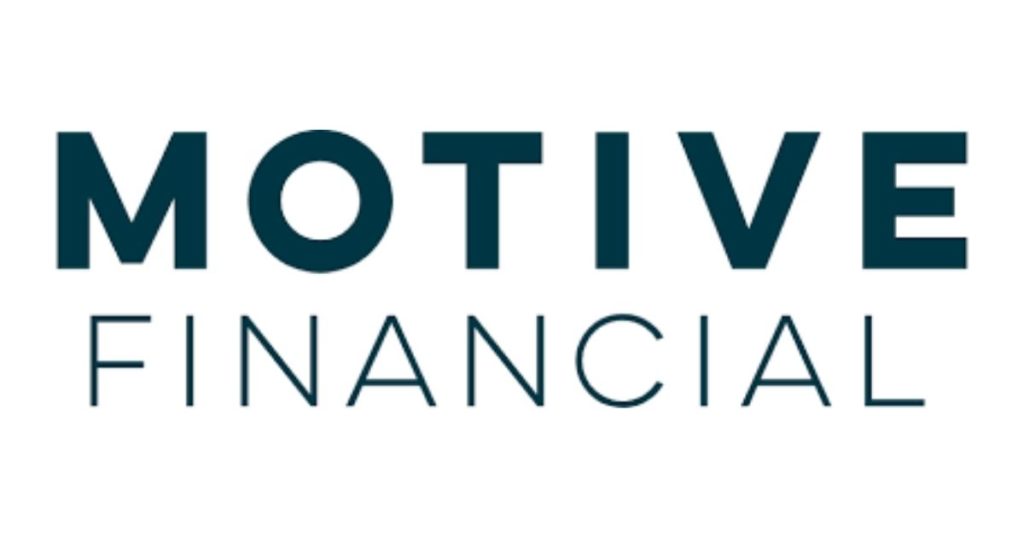
- Monthly Fees: None
- Minimum Balance Required: No minimum
Motive Financial is currently offering one of the best rates in the country. That being said, this rate could change at any time.
It’s likely that this is an introductory rate designed to bring in new customers with the promise of high monthly interest payments.
Besides traditional TFSA savings, Motive Financial also provides a TFSA GIC, which offers competitive rates with one-year, seven-year, or ten-year terms.
8. Tangerine TFSA
- Monthly Fees: None
- Minimum Balance Required: No minimum
Tangerine, by far, has one of the best introductory TFSA savings rates in Canada. Currently, the company is offering a limited-time promo rate for new members. After this, though, you’ll be dropped to a much lower fixed-interest rate.
Although the lower rate may not be the best deal for the long-term, the high upfront interest rate might make up for it.
You can always transfer your TFSA savings to another high-interest account after maximizing your TFSA contributions and taking advantage of Tangerine’s introductory rate.
9. People’s Group TFSA

- Monthly Fees: None
- Minimum Balance Required: No minimum
Peoples Group (the operating name for Peoples Trust, which it formerly went by) offers high-interest savings accounts, high-interest TFSA savings, and TFSA GIC accounts.
Currently, the company offers a great interest rate on all savings, but this changes periodically, so be sure to double-check their daily rates before you sign up.
The TFSA GICs contracts range from one-year terms up to five-year terms.
10. Alterna Bank TFSA eSavings Account
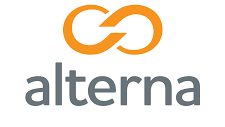
- Monthly Fees: None
- Minimum Balance Required: No minimum
In 2020, Alterna Bank’s TFSA savings account was ranked as the best in Canada by several sources due to its competitive interest rates and reliability. Currently, they’re offering a good savings rate on their TFSA eSavings account.
Although Alterna Bank has great reliability ratings, their interest rate isn’t the highest that I’ve seen. Alterna Bank also doesn’t offer TFSA GICs, which doesn’t provide you with the opportunity to earn more on long-term savings.
Still, it’s a better interest rate than most mainstream banks offer, so it’s worth looking into.
11. Canadian Tire TFSA
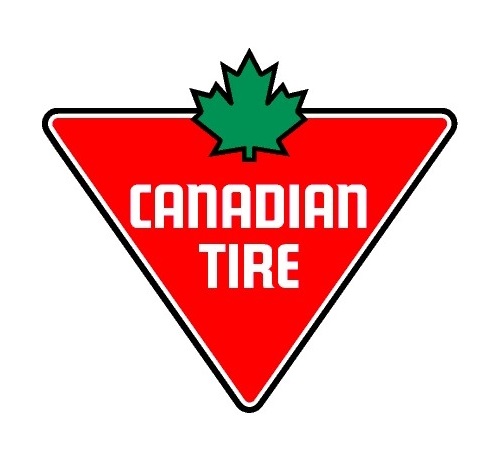
- Monthly Fees: None
- Minimum Balance Required: No minimum
Canadian Tire offers high-interest tax-free savings accounts with a recently increased savings rate. There’s just one problem – Canadian Tire Bank doesn’t offer services to residents of Quebec at this time, which may be a deal-breaker for some.
In addition to their HISA and TFSA savings accounts, Canadian Tire Bank also offers TFSA GIC accounts with a minimum $1,000 investment. Terms range from a one-year term to a five-year term.
Compared to other GIC TFSAs, though, Canadian Tire Bank’s GIC rates are a bit low.
12. Manulife Tax-Free Advantage Account
- Monthly Fees: None
- Minimum Balance Required: No minimum
Headquartered in Toronto, Manulife is a multi-national bank and life insurance provider that offers a number of low-fee (and no-fee) financial products that range from credit cards to mortgages, retirement accounts, and, of course, TFSAs.
Manulife currently offers a 2.10% rate on its Tax-Free Advantage Account and requires no minimum deposit or balance, making it an excellent addition to this list.
For those interested in GICs, Manulife offers GICs that range from one to five-year terms. GICs held within TFSAs require a minimum investment of $2,500. While the minimum deposit for its GICs is higher than some of the other banks on this list, there are no monthly maintenance fees, which is a nice plus.
Using a TFSA as an Investment Account
A HISA/TFSA savings account is a great way to reliably save money. However, as an investor, TFSA accounts really appeal to me. With a TFSA account, you can put your savings to use by investing in:
- Stocks
- ETFs
- Mutual funds
- Fixed-income investments (i.e., government bonds)
Unlike a traditional investment account, which requires you to pay taxes on your capital gains, the profits you earn through your TFSA account are not taxable.
The catch is that you’ll never be able to grow a TFSA account as large as a traditional investment account, due to the annual contribution limits imposed by the CRA. Either way, TFSAs are an incredible investment vehicle.
TFSA Mistakes to Avoid
Here are some common TFSA mistakes to avoid if you want to get the most out of your account:
1. Using Your TFSA For Cash Savings Alone
Despite its designation as a Tax-Free Savings Account, TFSAs can be used for far more than cash savings. While it may be a good idea to keep some cash in a TFSA as an emergency fund, I recommend using the majority of your contributions to invest in your future.
Since investment earnings in TFSAs aren’t subject to capital gains tax or income tax, these registered accounts are as close to the perfect investment vehicle as you’ll get. No other type of investment account in Canada offers anything similar.
With a balanced portfolio, you can generally expect an average return of 3% to 5% per year on your balance. Investing in guaranteed cash returns like GICs may offer even higher yields and can provide an excellent hedge against inflation.
2. Overcontributing To Your TFSA
It’s essential that you stay within your annual and lifetime TFSA contribution limits. If you just have a single TFSA account, it should be relatively simple to keep track of your contributions or ask your bank to verify your available contribution room.
However, things can get a bit trickier if you have multiple TFSAs (which is allowed).
Make sure that you keep accurate records of all of your TFSA deposits and withdrawals. This will help you avoid the 1% monthly overcontribution penalty imposed by the CRA.
3. Day Trading With Your TFSA
Although TFSAs can (and should) be used for investing, they’re not meant to be used for day trading the stock market.
The CRA has been cracking down on TFSA day traders, and if you’re suspected of day trading with your TFSA, your earnings could be considered business income by the CRA and will be subject to applicable income taxes.
4. Prioritizing TFSA Contributions Over Credit Card Debt
TFSAs are, by far, one of the best ways to invest in your future. Before investing, though, it’s wiser to pay down your high-interest credit card debt.
Your TFSA account may offer a 5% return or more during a good year. However, your high-interest credit card debt could easily cost you upwards of 20% or more in annual interest fees, which essentially negates any investment profits.
5. Withdrawing And Contributing In The Same Year
Your annual contribution limit remains the same, even if you make a withdrawal during the same year.
For example, 2023’s annual contribution limit is $6,500. If you withdraw $1,000 after meeting the limit, your contribution limit will not be reduced to $5,500.
If you attempt to deposit the $1,000 back into your TFSA the same fiscal year, it will be subject to overcontribution penalties since you’ve already maximized contributions for the year.
Instead, you’ll need to wait until the next year if you plan on depositing the funds back into the account.
The Best TFSA Robo-Advisor Platforms
The high-interest TFSA savings accounts and TFSA GIC accounts that I mentioned above are good choices for those who want to see their investments grow at a steady (if somewhat slow) rate.
If you’re willing to take on a bit more long-term risk, a TFSA robo-advisor account could offer you more rewards.
These TFSA accounts allow you to invest in stocks, ETFs, and mutual funds using a tax-free savings account. Investing in the stock market comes with risks, but it also offers more opportunities for reward, which is appealing to investors like myself.
TFSA robo-advisor platforms do the hard work and market research for you, automatically adjusting your portfolio. All you’ll need to do is set your desired risk-reward level then invest into your TFSA account, and the rest will be handled for you.
Here are some of the best TFSA robo-advisor platforms available to Canadians.
Wealthsimple TFSA
- Learn More: Wealthsimple Invest
- Management Fees: 0.5%
Wealthsimple is an automated investment platform that offers standard robo-advisor accounts and tax-free investment accounts. The platform allows you to set your risk levels and personalize your investment portfolio so that you can maximize your TFSA investments.
You can create a TFSA investment account on Wealthsimple with as little as $1. So, you’re eligible as long as you’re at least 18 and a Canadian resident with a valid SIN.
Wealthsimple also has a handy built-in calculator to help you track your TFSA contribution so you don’t get penalized for over-contributing to your account.
The best part of Wealthsimple’s robo-advisor platform is that they allow you to withdraw your funds at any time without added penalties or fees.
Questwealth TFSA by Questrade
- Learn More: Questwealth
- Management Fees: 0.25%
Questwealth is Questrade’s premier automated investment platform. They have a low account management fee of just 0.25% for accounts investing less than $100,000 (which is all TFSA accounts now).
Your investment portfolio is automatically adjusted in real time, and you can select portfolio categories, allowing you to invest in markets and businesses that you believe in.
Pros & Cons of TFSAs
If you’re thinking of opening up a TFSA, you’re likely wondering if they have any disadvantages. While there aren’t any major downsides, TFSA accounts have some limitations worth noting.
Here’s some of of the pros and cons associated with TFSAs:
- Interest earned in TFSA accounts does not count toward your annual income.
- Capital gains earned on investments do not count toward your annual income.
- You can use your TFSA for cash savings, stocks, ETFs, mutual funds, and bonds.
- You can withdraw money from your TFSA at any time unless it’s invested in a long-term GIC contract.
- TFSAs are available to all Canadians with a Social Insurance Number who are at least 18.
- The money you deposit into your TFSA account is not tax-deductible (unlike an RRSP contribution, which is deducted from your annual tax liability).
- Capital losses in a TFSA investment account are not tax-deductible
- Unlike traditional HISA or investment accounts, there are annual and lifetime contribution limits for TFSA accounts.
- Contributions you make to a TFSA account cannot be matched by your employer or government institution, unlike a RESP or RRSP account.
- Contribution limits do not vary based on income. Everybody is capped at the same limit, which means that your TFSA can only grow up to a certain amount.
Every Canadian citizen should at least open up a TFSA account. The benefits far outweigh the drawbacks, and they’re an excellent way to grow your savings and earn additional tax-free passive income on interest and investments.
TFSA Contribution Room
The TFSA program started in 2009 with a maximum annual contribution of $5,000. Every year since then, the maximum annual contribution room has been increased by increments of $5,000 or more.
With each passing year, the maximum lifetime contribution amount increases. You can make “back contributions” for every year back that you were at least 18 years old and eligible for the program.
Here’s a table of the current TFSA contribution room as of 2024:
For example, if you were at least 18 by 2009, you could contribute the current maximum lifetime contribution of up to $88,000 into a TFSA account. You can also spread the amount across multiple TFSA accounts.
However, if you didn’t turn 18 until several years later, your maximum lifetime contribution would start at a lower amount.
Investment Options in TFSA
Exploring the full range of investment options available within a TFSA is key to maximizing its potential. Here’s a deeper look into each option:
Stocks and ETFs
- Individual Stocks: Direct investment in individual companies. This requires more active management and understanding of the stock market.
- ETFs: Provide diversification as they track an index or a basket of assets. ETFs are typically more cost-effective and lower risk compared to individual stocks.
Bonds and Fixed-Income Securities
- Government Bonds: Offered by the government, these are considered very safe with a lower return.
- Corporate Bonds: Issued by companies, these usually offer higher returns than government bonds but come with greater risk.
Mutual Funds
- Actively Managed Funds: Managed by financial experts aiming to outperform the market. Higher fees can be a factor.
- Index Funds: Aim to mirror the performance of a specific index. They are a passive and cost-effective option.
GICs (Guaranteed Investment Certificates)
- Fixed-Rate GICs: Offer a guaranteed rate over a specific term.
- Variable-Rate GICs: Their interest rates are tied to market performance, offering the potential for higher returns.
How Do TFSA Withdrawals Work?
The money you put into a TFSA account can be withdrawn anytime. Since it’s a tax-free account, and you’ve already paid income tax on the funds, you don’t have to pay any extra taxes for withdrawing the money from your TFSA.
Are TFSA Funds Insured?
All registered TFSAs offered by Canadian financial institutions are insured.
Larger Canada-wide banks are typically insured by the Canada Deposit Insurance Corporation (CDIC), which provides up to $100,000 of coverage against theft, fraud, or other losses.
However, it’s important to note that the CDIC only covers cash deposits and GICs within a TFSA. CDIC insurance does not cover other TFSA investments like stocks and bonds.
Banks and credit unions that are not CDIC-insured by the federal government typically offer similar coverage by local provincial authorities, such as the Deposit Guarantee Corporation of Manitoba or the Financial Services Regulatory Authority of Ontario.
FAQs About TFSAs
What Is The Maximum Amount I Can Contribute To My TFSA 2023?
In 2023, the annual contribution amount was increased by another $6,500. This brings the maximum lifetime contribution amount up to $88,000 for those at least 18 when the program started in 2009.
Do Capital Gains Count Towards My TFSA Contribution?
Capital gains earned from TFSA investment accounts do not count towards your TFSA contribution. Also, capital gains on TFSA investment accounts are not taxable.
Are Capital Losses In A TFSA Account Tax-Deductible?
They are not. Capital losses on non-TFSA investment accounts are tax deductible on your income taxes. This is not the case with TFSA investment accounts, though. Since it’s a tax-free investment savings account, capital losses are not eligible for tax deductions.
What Happens If I’ve Over-Contributed To My TFSA?
Saving is always a good thing, but be careful not to over-contribute to your TFSA! The CRA keeps a close eye on TFSA accounts and imposes a 1% charge on any amount over your maximum lifetime contribution amount on a monthly basis.
For instance, if your maximum lifetime contribution limit is $88,000 and your contribution reaches $89,000, then you’ll be charged a $10 fee per month on the $1,000 overage.
Can I Have Multiple TFSAs?
Yes, you can. However, your maximum lifetime contribution amount still remains the same. You can split your maximum TFSA contribution amount across multiple TFSA accounts, but you can’t put your max in each account separately.
For instance, some individuals may put half of their TFSA contribution limit into a high-interest savings account and allocate the other half of their total allowed TFSA contributions into a TFSA used for investing.
Can I Transfer My TFSA To Another Bank?
Yes, you can. This is often helpful if your current bank offers a low savings rate and you want to switch over to a bank offering a higher TFSA interest rate. To ensure a smooth transition, you’ll want to have the bank transfer the funds, as opposed to you withdrawing it and then re-depositing it into another account.
That being said, many financial institutions impose surcharges for transferring large sums of money, so you may have to pay $100+ to transfer your TFSA savings to another account.
Can I Add TFSA Withdrawals Back To My TFSA Account In The Same Year?
Yes, you can. Just ensure you don’t exceed your maximum TFSA dollar limit for that year. If you’re close to reaching your limit, I advise waiting until the next year when the TFSA contribution room increases to avoid the CRA’s 1% over-contribution fee.
Do TFSA Withdrawals Count As Income?
No, they don’t. One of the best features of a TFSA account is that your withdrawals are not taxable. This applies to interest earned in TFSA savings accounts as well as capital gains from TFSA investment accounts.
Conclusion
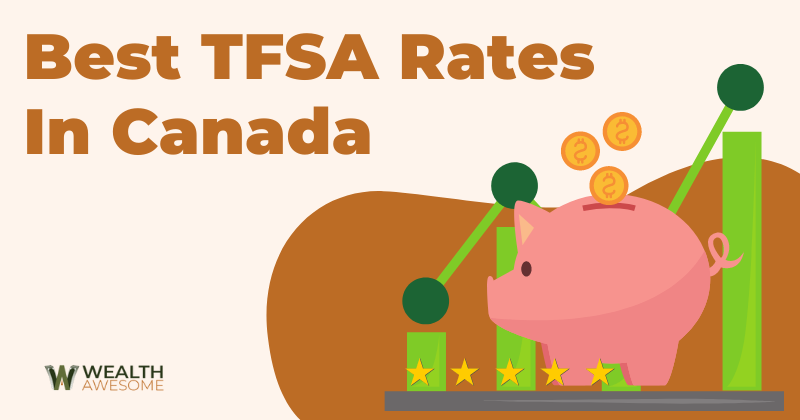
Canada’s TFSA program greatly incentivizes Canadians to save more money. With high-interest TFSA savings accounts, you can put your savings to work for you and withdraw your profits tax-free.
The trick is to find the banks offering the best TFSA rates in Canada. Investing in the stock market is a great vehicle if you want to make the most of the TFSA program.
To learn more, check out my guide that goes over investing for beginners next!

